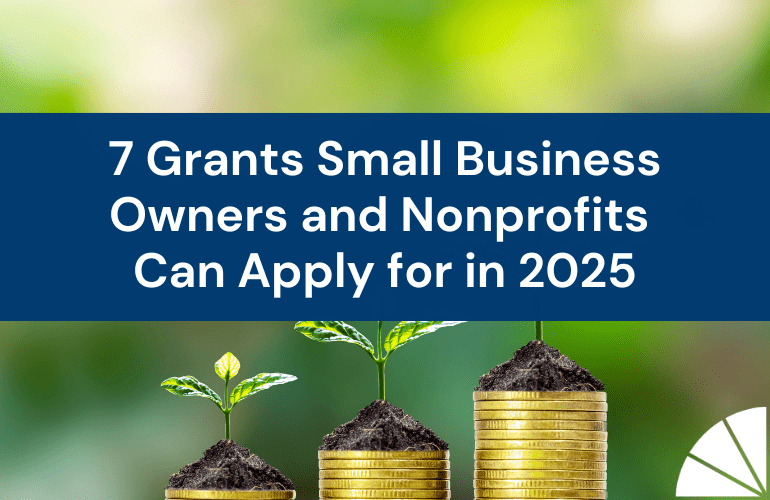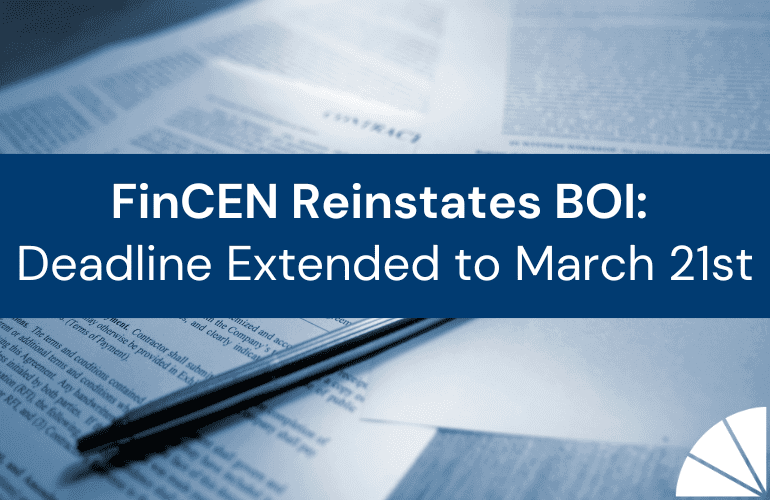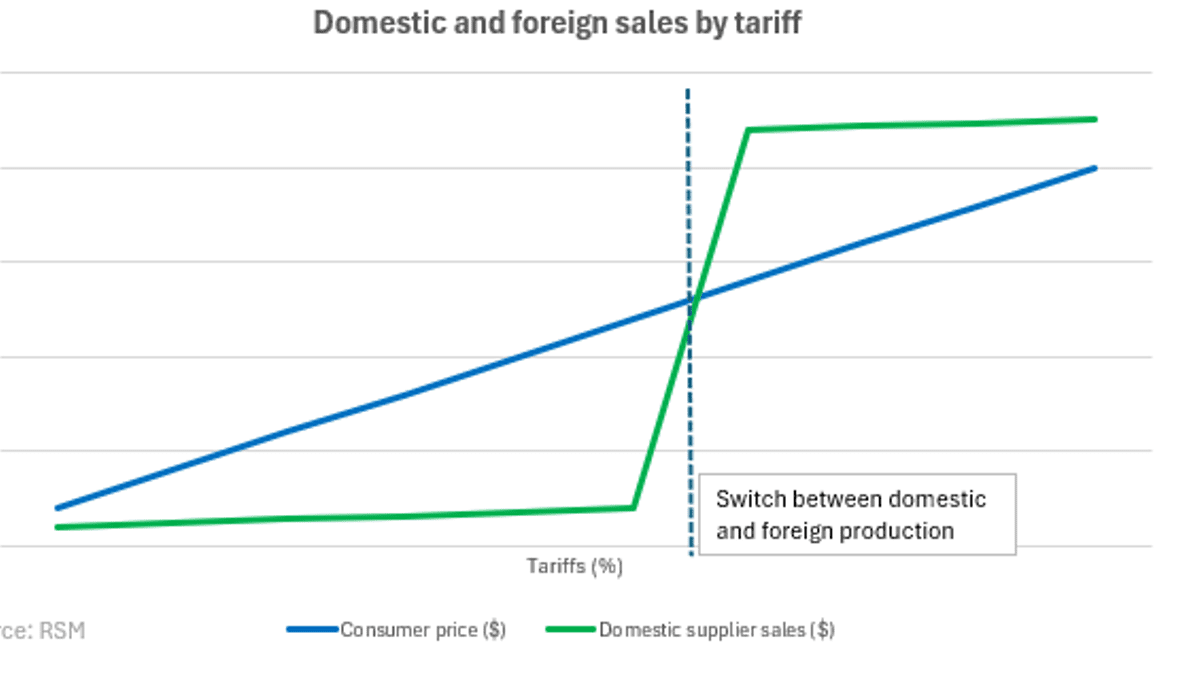
Do you feel as though your board needs a collective cup of coffee to jump start their participation? A little jolt of java to wake them up? The impact of an active board is incredible in the success of your organization. As advisors, we see stark differences in nonprofits that have fully functional boards and those who lack board participation. If your organization is still around, there’s hope for the future. With the help of the strategies mapped out below, you could see dramatic changes in the impact of your board.
1. Properly Build Infrastructure
It can be unhelpful, or even detrimental in many cases, to have individuals join the board for the purpose of merely filling space. Creating specific roles that you’d like filled and advertising for them is much more constructive. Members should be mapped with their skills, experience, and backgrounds, with any gaps becoming fodder for recruitment. Building a board doesn’t magically happen, but instead there must be a blueprint of needs to be filled. You wouldn’t want your social worker to be in charge of your financial oversight, just as you wouldn’t want your CPA to be in charge of developing client care strategies. While they both may be willing and able to do either of those things, you can optimize your effectiveness by building an infrastructure and aligning people with passion and utilizing their intelligence.
2. Set Comprehensive Expectations
Once you have the right people on the bus serving in ways they’re passionate, it’s time to set clear expectations. If you have a healthy amount of diversity on your board, it’ll likely be comprised of individuals from vastly different walks of life and equally different expectations. It’s critical when anyone joins your board that they’re oriented to the processes, procedures, and purposes of your board and the organization. If your board is already mid-term, a helpful way to introduce expectations is at the annual meeting. Because this is where priorities are established and goals are set, it would be a natural way of introducing new expectations.
3. Design Subcommittees
Using specific assignments and having concrete goals for subcommittees to achieve will give them a way to become autonomous and responsible for delivering significant outcomes. Focusing on strategy through subcommittees is a way for initiatives to grow strong. This will invite candid discussions for problems to be solved more efficiently, with their limited time being used more effectively. Most importantly, in these smaller groups individuals who think outside the box may be empowered to participate and engage with solutions more than they are in front of the entire group.
4. Deliberately Plan Meetings
These are busy people and their time should be maximized to the fullest extent possible. Planning for meetings in advance is a relatively simple way to optimize time. Carefully planned, facilitated and documented meetings will be focused and efficient. Craft a clear agenda, stick to it, provide homework and schedule committee check-ins. When discussion topics arise, ensure there are proper resources (articles, reports, etc.) sent out well before the meeting in order for members to educate themselves. Ensure the reporting you receive is useful and the discussions result in meaningful progress. Support dialogue so that both bad and good news is shared freely.
5. Cultivate Board Interaction
A high performing board, similar to a high performing team, is competent, focused, and oriented to the mission and vision of the organization. The social dynamics of the board and constructive involvement of all individuals will prove to be fertile soil for creating an impact. Communication can make or break your board. Board members’ relationships with one another has the power to impact the group’s ability to succeed. The quality of interactions will drive results and is highly correlated with effectiveness. As Aristotle so astutely observed, “the whole is greater than the sum of its parts” if each individual is working collaboratively.
6. Keep the Organization Close
The board cannot always be in the details. It’s critical that members have enough information to gain context for effective decision making. Consider highlighting an event from the time since the last board meeting, having an employee of the organization teach about their role and impact, or having an individual from the community that benefited from your organization give a testimonial. Create channels of connection between these individuals and members of the board. Are board members easily accessible by everyone? Stay close at heart to the mission, vision, and impact of all that’s being done. Without organization knowledge, the decision making will lack context and could become misguided.
We hope these tools provide you with insight to kick your nonprofit board participation up a notch and reap the benefit of these strategies. If you’d like advising on specific ways to help your board, please don’t hesitate to reach out to us.
by Sarah Goss, CPA





